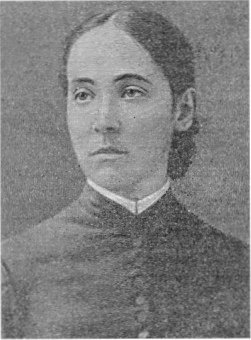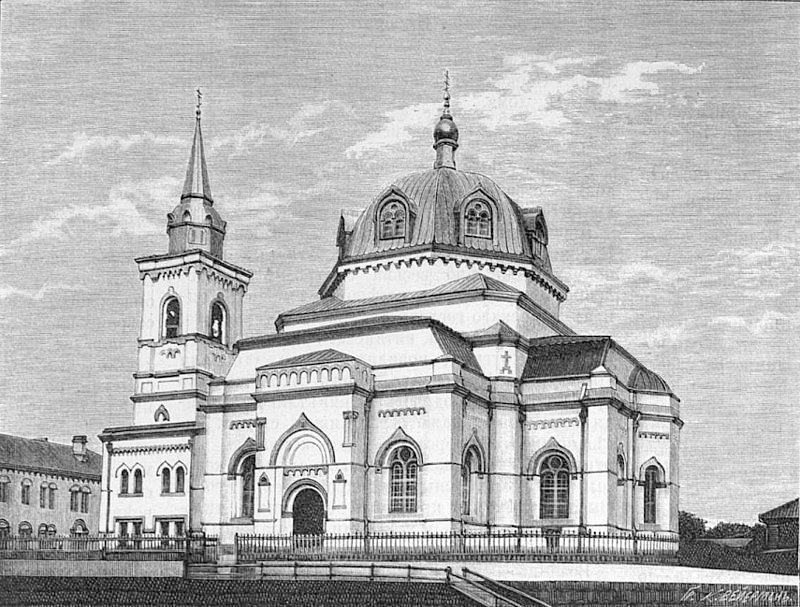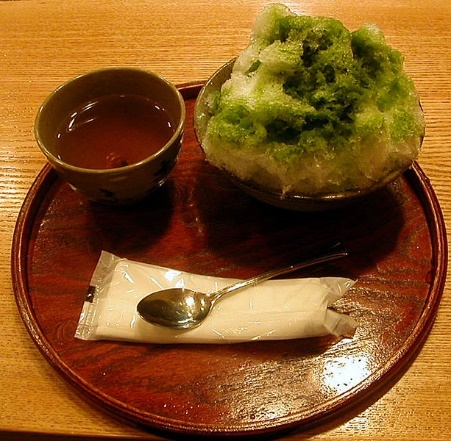
Social Relations
Bronisław Piłsudski’s Japanese Contacts
Activities
Bronisław Piłsudski visited Japan four times. During his first visit, he stayed for three weeks in August/September 1902 in Hakodate, a port city on Hokkaido, where he arranged for shipping of the ethnographic materials he had collected in Sakhalin. He stayed in a large tenement house owned by an energetic businessman, George Denbigh, who did business in Sakhalin and Japan, among other places. It may come as a surprise that transport lines from Sakhalin to Vladivostok ran via Japan, but it turned out to be the fastest and safest way.
Piłsudski’s second visit to Japan was between July and October 1903. He came again to Hokkaido during his research expedition to study the Ainu people conducted thanks to the efforts of Wacław Sieroszewski, the head of the mission assigned by the Russian Imperial Geographical Society and the Russian Academy of Sciences. After a short stay in Hakodate, the two researchers went on a fairly long trip through Ainu villages and settlements. They stayed for the longest period in Shiraoi, a mixed Japanese-Ainu village located on the Pacific coast. This extremely successful expedition was brilliantly described by Sieroszewski in his report “Among the Hairy People”. The expedition ended on 19 September in Hakodate, from where Piłsudski, along with his translator and aide, returned to Sakhalin, while Sieroszewski went via Tokyo, Kobe, and Nagasaki to the mainland to return to Warszawa via Korea, China, Ceylon, Egypt, and Italy.
Piłsudski’s third visit to Japan took place just after the end of the Russo-Japanese War, when he made the decision to leave the Far East by sea via Japan and America. Bronisław came to Japan in October 1905, a month after the warring countries signed the Portsmouth Peace Treaty, under which Russia lost half of Sakhalin towards Japan and was forced to evacuate the Russian population from the area. Piłsudski first came to Kobe, only to return to the mainland for a short time a month later. He went mainly to the village of Ai to take his Ainu family on a return trip to Poland; he planned to return to his native country by rail through Siberia. However, he failed to do so due to the firm resistance of his wife’s family guardian, Bafunke, who believed that Bronisław’s Ainu wife, Chūsamma, and her children (they already had a son, Sukezō, and a daughter, Kiyo, was on the way to be born) would face an uncertain future, and that by taking away the pregnant woman, Piłsudski could bring misfortune to the community.
Piłsudski traveled to Vladivostok, engulfed in revolutionary turmoil, where he met many familiar activists, and then made a quick trip to the village inhabited by the Nanai (Golds) people in the Amur estuary, where he had previously deposited the ethnographic materials collected for the Amur Krai Research Society. Piłsudski also managed to visit Khabarovsk, where he attended a meeting of the city’s residents and proposed to establish a Labor Office, which would help people find decent jobs in times of growing chaos. The situation was becoming increasingly precarious. As a result, Piłsudski took advantage of the fact that his good friend Matveev was going to Japan, so he set off with him and his 11-years old daughter Zoya.
Piłsudski left Sakhalin for good in November 1905. However, he was not going to mainland Russia, but intended to take advantage of the shipping connections between Japan, America, and Europe. This second stay in 1905 was to last as long as seven months and was incredibly prolific. Piłsudski met a large number of Japanese people, as well as Russian refugees and Chinese youth studying in Tokyo. His contacts in Japan can be divided into several groups: Russian revolutionary socialists, Japanese and Chinese socialists, ethnologists, and writers. His close acquaintance and cooperation with Shimei Futabatei (Tatsunosuke Hasegawa, 1864-1909) played a special role.

Photo from the archives of Japan’s Ministry of Foreign Affairs
In early January 1906, Piłsudski arrived in Tokio and on around 6 January, he gave an interview to a reporter for the “Hōchi Shimbun” newspaper (article: “Two Rare Visitors from Vladivostok”, “Hōchi Shimbun”, 7 January); reprinted: “The Hokkaido Times”, 10 January. He lived in the Central Hotel in Tsukiji.




